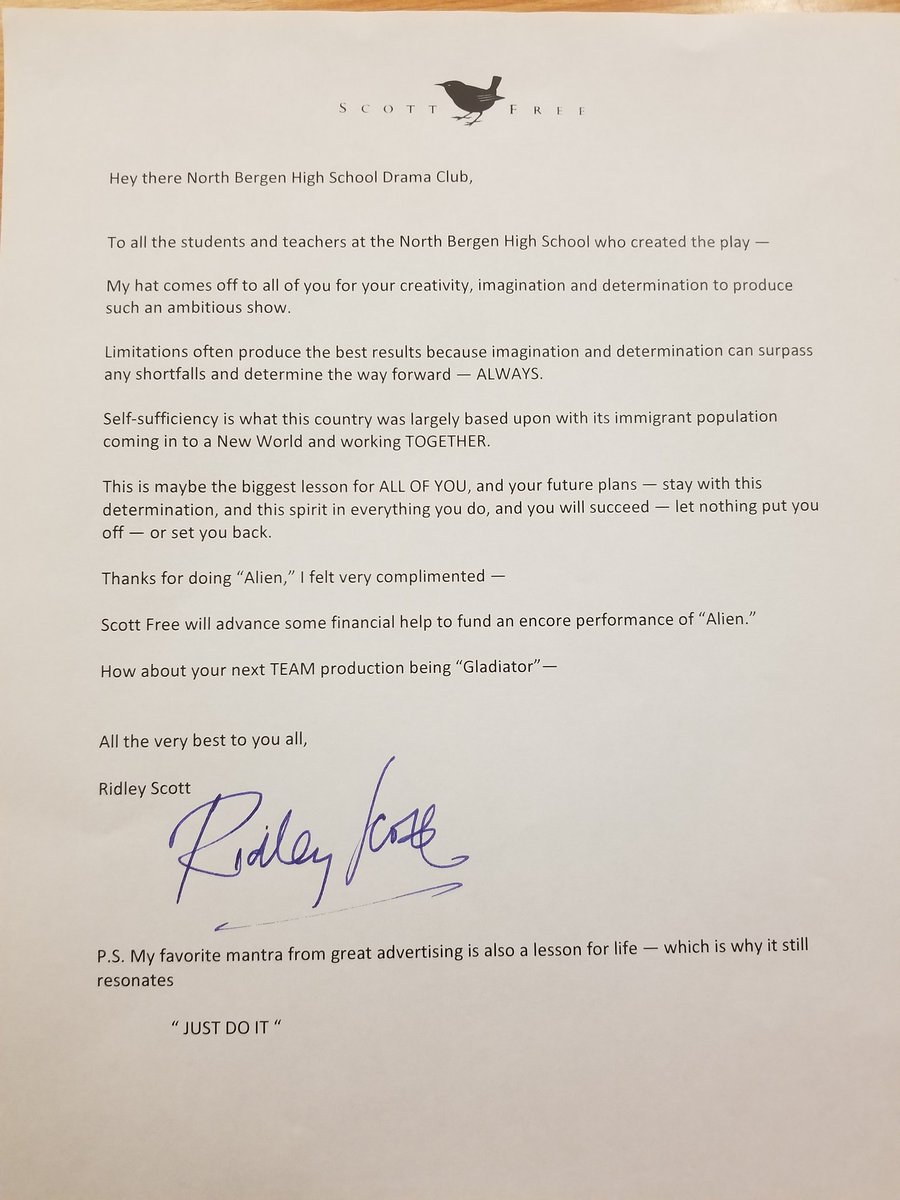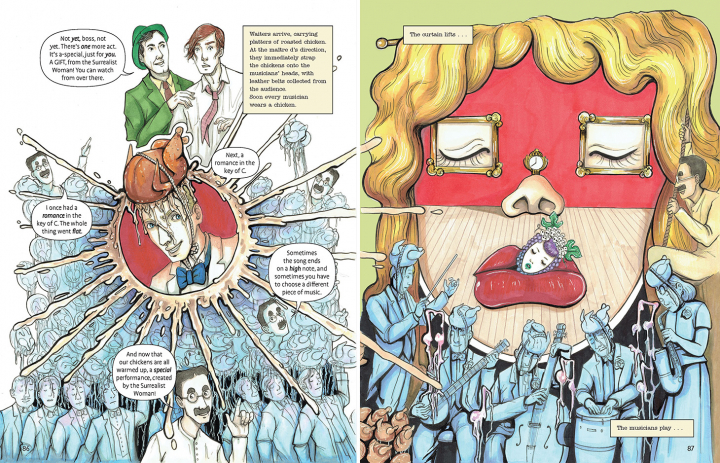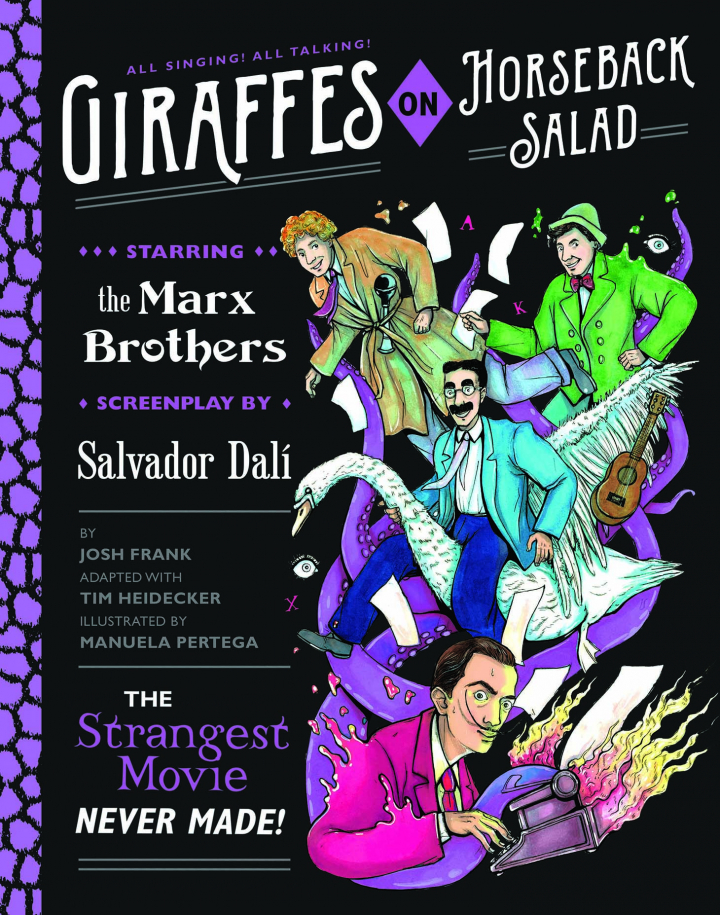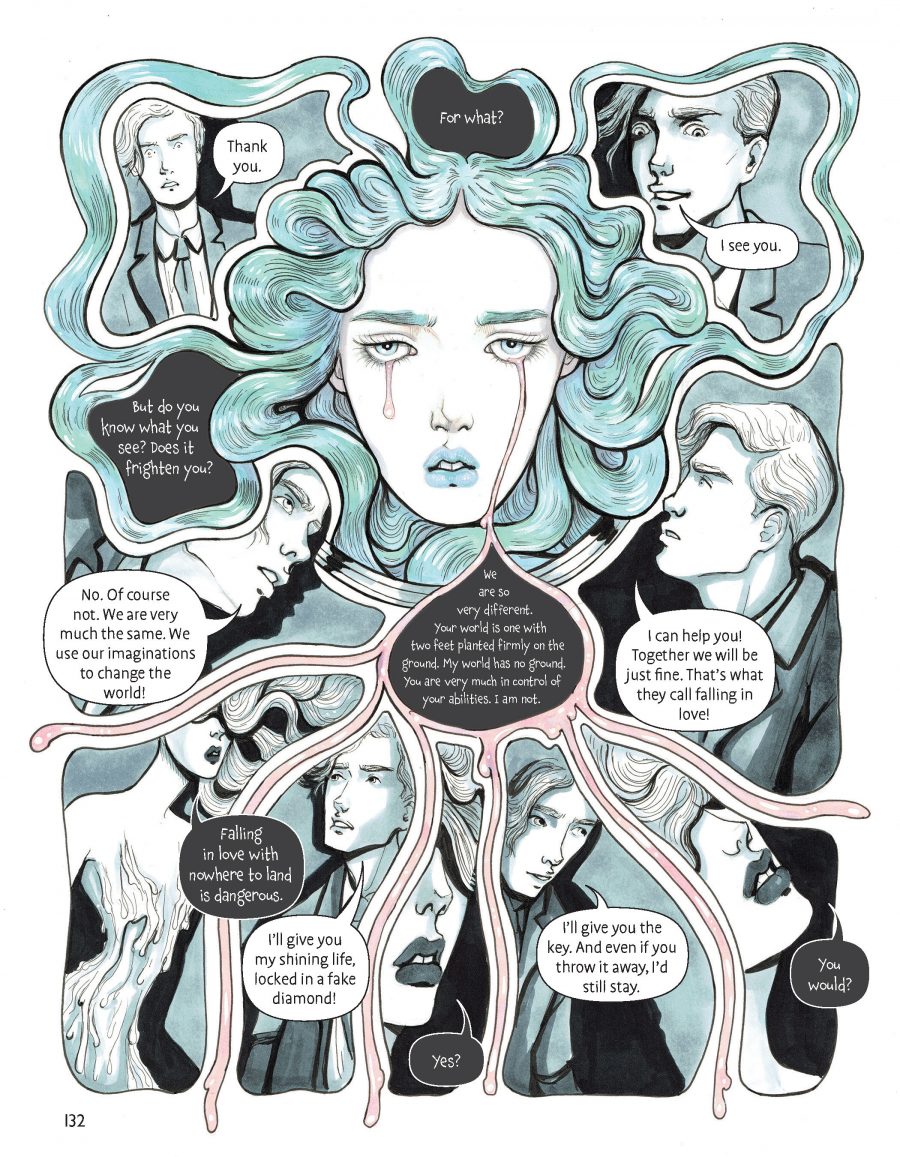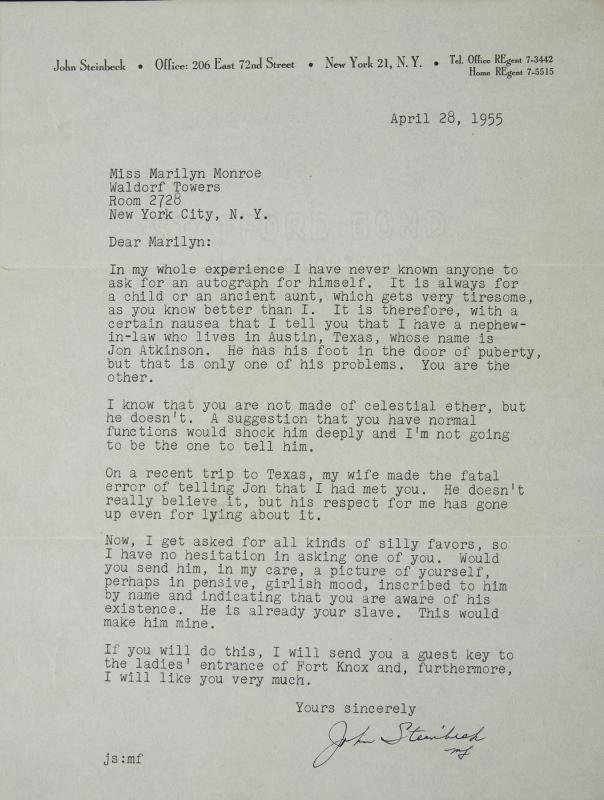When we first start watching movies, often we decide what to watch by settling on a favorite genre, divisions first solidified by video-store shelves: action, comedy, drama, science fiction, and so on. When we’ve watched more movies, many of us move on to following the work of a particular actor, which takes us across not just genres but eras as well. And practically all cinephiles will remember when it dawned on us that no figure could better guide our viewing than the director — about the same time we usually learn the term auteur, which identifies certain directors as the primary “authors” of their films. From that point on, we had only to master the knowledge of as many directors’ filmographies as possible, then determine those too whom we would pledge our allegiance — thus forging bonds with (or drawing battle lines against) all other film fans.
If the best movies come primarily from the minds of their directors, then there must be a great deal else of interest in those directorial minds. Or so implicitly argues Angela Ismailos’ 2010 documentary Great Directors, which consists of interviews with ten auteurs of the late 20th and early 21st century whose work has not only drawn critical acclaim but also provoked the full range of audience opinion, even inspiring some viewers to dedicate themselves to cinema.
“I wanted to cover the French cinema and I love the controversial cinema of Catherine Breilliat and how she portrays the emotional and physical travails of women in her cinema,” Ismailos says of the project’s origin in an interview with Filmmaker magazine. Then came Agnès Varda, and after her a lineup including Bernardo Bertolucci, Liliana Cavani, Todd Haynes, Richard Linklater, John Sayles, Ken Loach, and Stephen Frears. “The last director I added to the film was David Lynch. He was the most difficult to get.”
Put together, these ten filmographies — containing pictures from Matewan to My Beautiful Laundrette, The Last Emperor to Velvet Goldmine, Poor Cow to Eraserhead, Fat Girl to Slacker — contain an impressively wide range of cinematic sensibilities. But what do the ten directors, coming as they do from several different countries and cultures, have in common? “In their films they’re trying… to break moral standards,” says Ismailos. “They are not surrendering to preconceived notions of commerce or audience popularity or preconception of what cinema should be. I believe through the years they are constantly asking their audience to grow and face the uncertainties and unpredictability of adult life. This is the cinema I personally love.” She’s certainly not the only one, and all the rest of us with an interest in films of that kind — and thus an interest in directors of this kind — will certainly be glad that she’s made Great Directors free to view online.
Great Directors will be added to our list of Free Documentaries, a subset of our collection, 4,000+ Free Movies Online: Great Classics, Indies, Noir, Westerns, Documentaries & More
Related Content:
Stanley Kubrick’s Rare 1965 Interview with The New Yorker
Listen to Eight Interviews of Orson Welles by Filmmaker Peter Bogdanovich (1969–1972)
Based in Seoul, Colin Marshall writes and broadcasts on cities, language, and culture. His projects include the book The Stateless City: a Walk through 21st-Century Los Angeles and the video series The City in Cinema. Follow him on Twitter at @colinmarshall or on Facebook.
